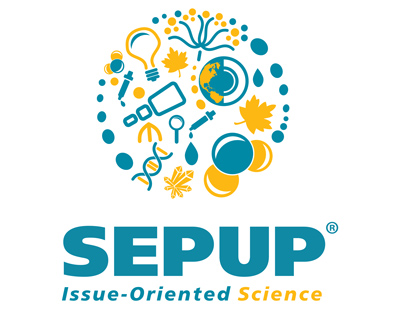Science & Global Issues (SGI) Third Edition

Science & Global Issues Third Edition (SGI Third Edition) is SEPUP’s latest standards-based, issue-oriented high school science program. SGI Third Edition focuses on the role of science in addressing the needs of modern society and the use of technology in advancing scientific knowledge. This program was recently field tested at a variety of national sites.

